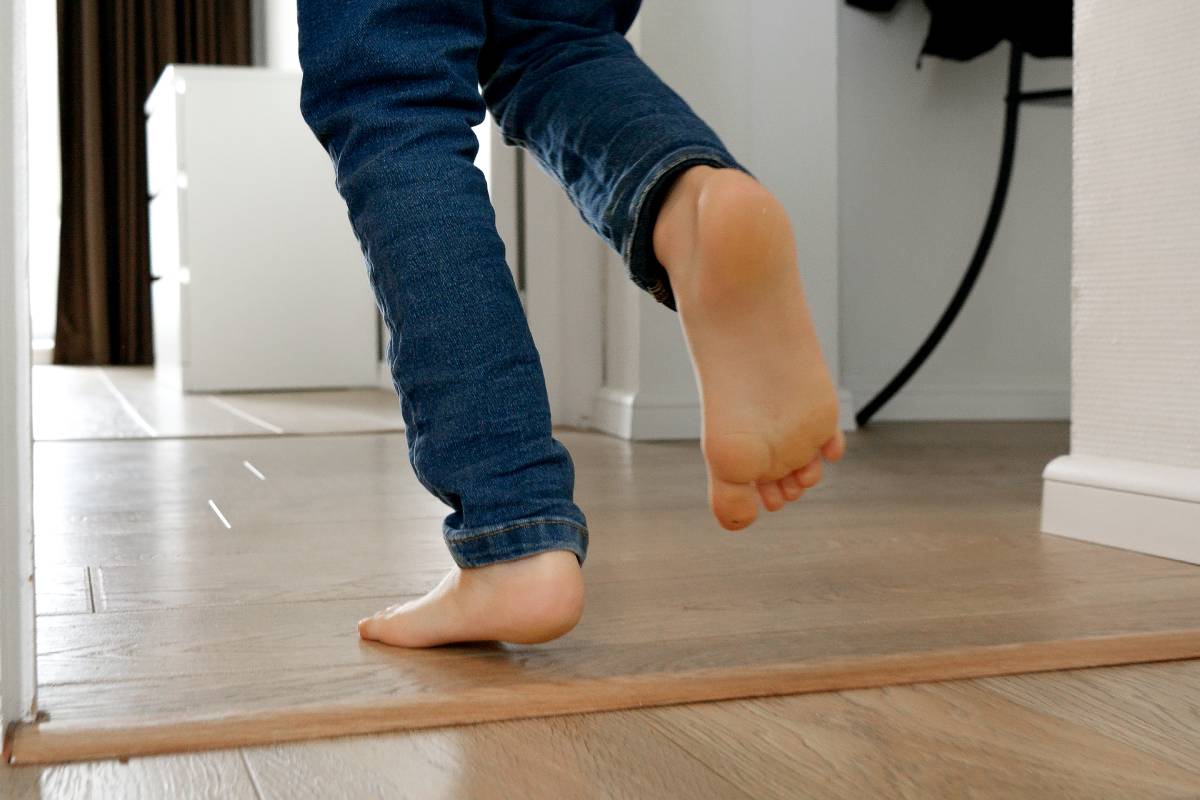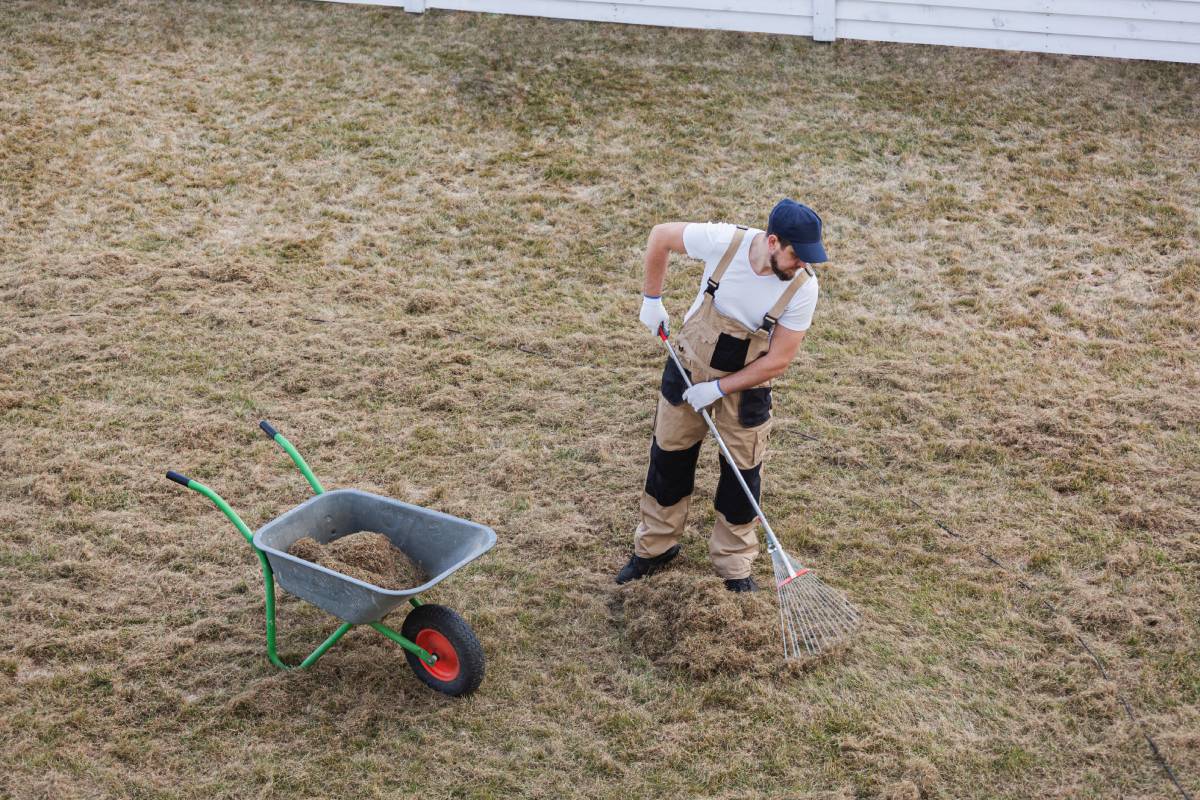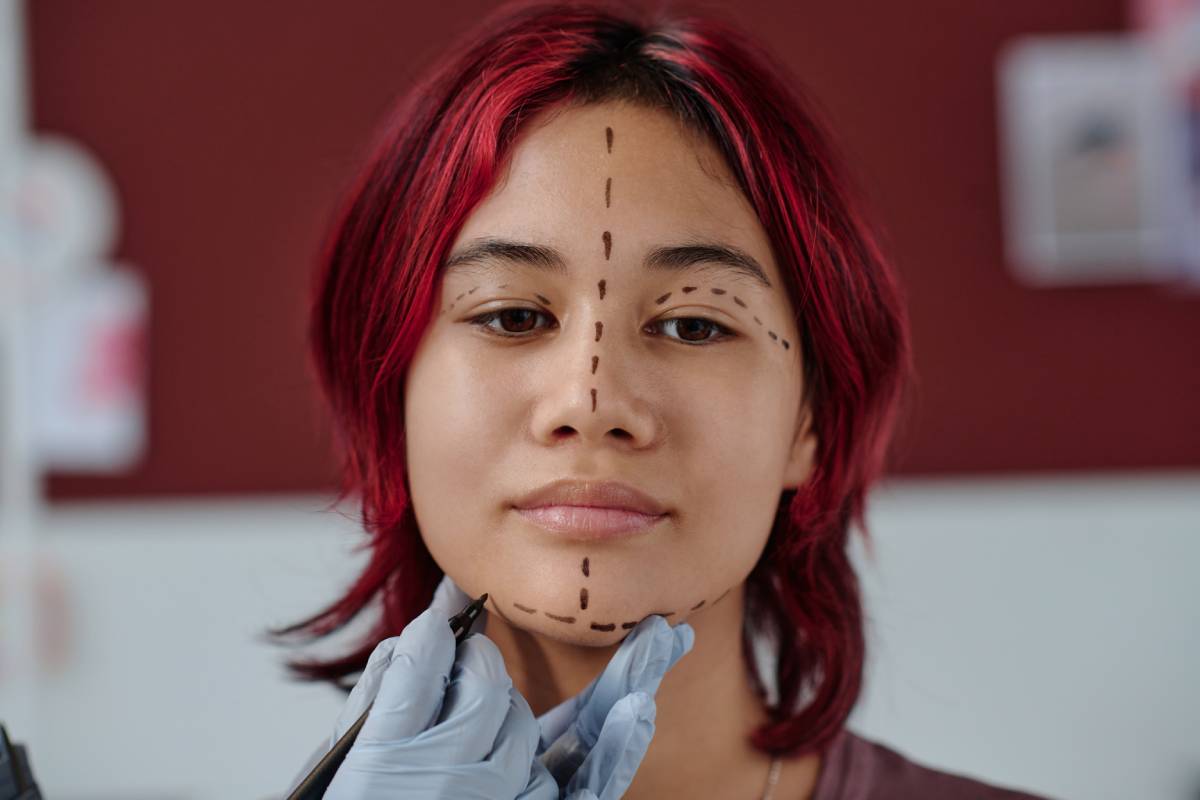
Tripping hazards are a leading cause of accidents and injuries in both homes and workplaces.
Often underestimated, these hazards from cluttered walkways and unclear paths to uneven flooring—can result in serious falls, causing physical harm and costly disruptions.
Preventing trips requires a proactive approach that combines hazard identification, maintaining clear walkways, practical solutions, and effective control measures.
This article explores essential steps to prevent tripping hazards, offers practical solutions, and outlines key control measures to help create safer environments for everyone.
What Should You Do to Prevent Tripping Hazards?
Prevention is always better than cure. To reduce the risk of tripping hazards, it is vital to take proactive steps in identifying potential risks and eliminating them before they cause harm.
1. Conduct Regular Inspections
Regularly inspecting areas prone to tripping hazards is a foundational step. This includes checking floors, walkways, stairs, and entrances for uneven surfaces, loose carpeting, cables, or clutter that could cause someone to trip.
2. Maintain Good Housekeeping and Clear Walkways
Good housekeeping means keeping spaces clean and orderly. Ensure that walkways, corridors, and work areas are free from clutter, debris, and unnecessary items. Clear walkways allow safe and unobstructed passage, reducing the likelihood of people stumbling over objects.
3. Ensure Proper Lighting
Poor lighting can obscure hazards, making it difficult to spot obstacles on the floor. Make sure all areas, especially staircases and corridors, are well-lit. Replace faulty bulbs promptly and consider installing additional lighting where shadows or dark spots occur.
4. Use Clear Signage
If an area contains a temporary tripping hazard, such as ongoing repairs or wet floors, use clear and visible signs to warn people. This helps raise awareness and encourages caution. Ensure clear walkways around the hazard to allow safe passage.
5. Address Uneven Surfaces Promptly
Uneven or damaged flooring can be a major tripping hazard. Repair cracks, holes, or broken tiles quickly. If an immediate repair is not possible, mark the hazard clearly and restrict access if necessary. Maintain clear walkways to prevent accidents.
6. Manage Cables and Wires Effectively
Loose cables running across floors can cause trips. Use cable management solutions such as cable trays, clips, or covers to keep cords secured and out of the way.
7. Educate and Train People
Safety awareness is key. Provide training and information to employees, family members, or residents about identifying and reporting potential hazards, including the importance of maintaining clear walkways. Promote a culture where safety is everyone’s responsibility.
What Are Some Solutions to Tripping Hazards?
There are several practical solutions that can be implemented to eliminate or reduce tripping hazards effectively. Solutions vary depending on the environment and specific hazards present.
1. Install Non-Slip Flooring and Mats
Using non-slip flooring materials or mats can reduce slips and trips. These surfaces provide better grip, especially in areas prone to wetness like kitchens, bathrooms, and entrances.
2. Use Anti-Trip Stair Nosing
Installing stair nosing with high visibility strips or anti-slip surfaces helps highlight stair edges and improves traction, reducing the chance of missteps.
3. Implement Cable Management Systems
As mentioned earlier, organizing cables is crucial. Floor cable covers or cable ramps can be used to protect wires and create smooth walkways.
4. Apply Floor Markings
Floor markings can delineate safe walkways and highlight areas where tripping hazards exist. Bright-colored tape or paint can alert people to changes in floor level or obstacles.
5. Use Raised Thresholds or Ramps
Where floor levels change abruptly, installing ramps or raised thresholds helps smooth the transition and reduce trips.
6. Employ Grab Rails and Handrails
In areas with stairs or changes in elevation, sturdy handrails provide support and balance, lowering the risk of falls.
7. Optimize Storage Solutions
Proper storage keeps equipment, tools, and materials off walkways. Using shelves, lockers, and designated storage areas reduces clutter and ensures clear walkways.
What Are the Control Measures for Tripping Hazards?
Control measures are systematic approaches to minimize risks associated with tripping hazards. They range from engineering controls to administrative actions.
1. Elimination
The most effective control measure is elimination completely removing the hazard from the environment. For example, redesigning a workspace to avoid uneven surfaces, ensuring clear walkways free of obstacles, or eliminating loose cables by switching to wireless equipment.
2. Substitution
If elimination is not possible, substitution involves replacing the hazard with something less dangerous. For example, using cordless tools to avoid trailing cables.
3. Engineering Controls
Engineering controls involve physical changes to the environment to reduce risks. Examples include:
- Repairing or resurfacing uneven floors.
- Installing ramps and handrails.
- Using anti-slip coatings on floors.
- Installing cable management systems.
4. Administrative Controls
These controls rely on policies, procedures, and training to reduce risks. They include:
- Implementing housekeeping schedules to keep clear walkways.
- Conducting regular safety audits and inspections.
- Providing safety training and awareness programs.
- Establishing reporting systems for hazards.
5. Personal Protective Equipment (PPE)
While PPE is generally the last line of defense, appropriate footwear with slip-resistant soles can help reduce the risk of tripping and slipping, especially in workplaces where floors are wet or oily.
6. Monitoring and Review
Control measures must be regularly reviewed to ensure their effectiveness. Monitoring workplace incidents and near misses can help identify areas for improvement.
Additional Tips for Preventing Tripping Hazards
– Be Mindful of Footwear
- Encourage or require footwear appropriate for the environment. This includes shoes with good grip and support, such as Exercise Shoes, which often provide excellent traction and comfort, helping reduce the risk of slipping or tripping.
– Control Traffic Flow
In busy environments, controlling pedestrian flow through designated walkways can prevent overcrowding and reduce accidents.
– Use Technology
In some workplaces, sensors and alarms can alert workers to hazards or changes in floor conditions.
Conclusion
Tripping hazards pose serious safety risks but can be reduced through prevention, practical solutions, and control measures.
Key actions include identifying hazards early, ensuring proper lighting, managing cables, using non-slip surfaces, and maintaining clear walkways to provide safe and unobstructed paths.
Creating a culture of safety awareness and conducting regular inspections and maintenance are essential to sustain these efforts. Together, these measures help reduce accidents and promote well-being, safety, and peace of mind in homes, workplaces, and public spaces.














